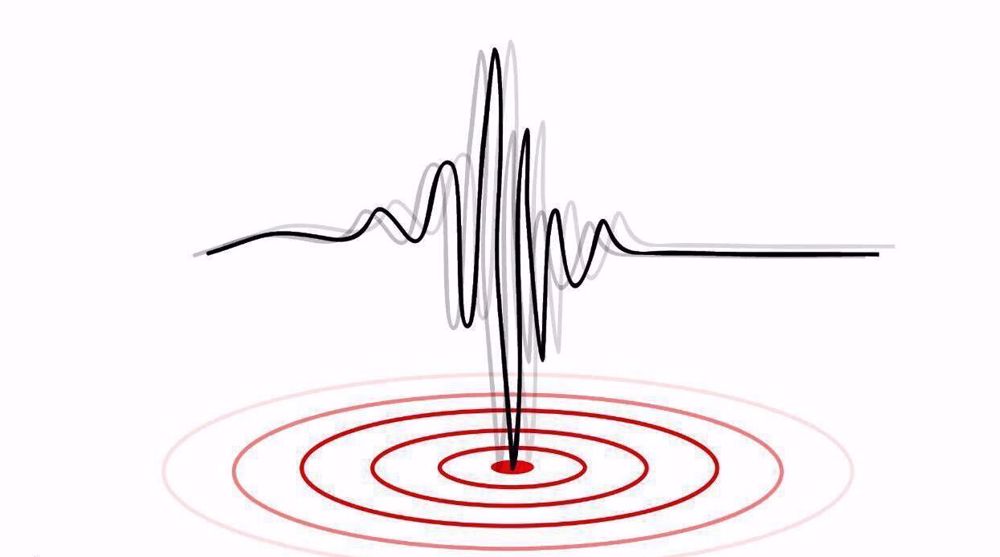New fossils prove complex life emerged 1.56 billion years ago
It is commonly believed that life spent much of its presence (some two billion years) on the Earth as prokaryotic microorganisms, single cells without membrane-bound nucleus. Then, eukaryotic organisms, whose cells contain a nucleus and other organelles enclosed within membranes, emerged between 1.6 to 2.1 billion years ago.Though prokaryotes appear only as single-celled organisms, most notable of all bacteria, eukaryotes emerge as both single-celled organisms and multicellular ones, like humans and all other complex life forms on the planet. This common view also maintains that multicellular eukaryotic organisms did not show up until much later, during the Ediacaran Period roughly between 635 to 542 million years ago, though controversial fossil evidence shows earlier emergence. But a new discovery has challenged this orthodox timeline of the appearance of multicellular eukaryotic organisms.
A team of Chinese paleontologists on Tuesday published the findings of their recent discovery of 167 macroscopic fossils in Nature Communications. The fossils were unearthed in the 1,560 million-year-old Gaoyuzhuang Formation in Hebei province's Yanshan region, located in northern China, and according to the team, have distinctive features suggesting that they are multicellular eukaryotic organisms.
The specimens, which are up to 30 centimeters long and nearly eight centimeters wide, appear in a variety of forms, from leaf-shaped ones with tapering ends to rounded and tongue-shaped ones. A third of the fossils are in regular shapes, an indication of complexity.
“Our discovery pushes back nearly one billion years the appearance of macroscopic, multicellular eukaryotes compared to previous research,” said co-author Maoyan Zhu, a professor at the Nanjing Institute of Geology and Paleontology.
The new fossils belong to the midst of a geological period in the evolutionary history of life on Earth previously known as the Boring Billion (from 1.8 to 0.8 billion years ago) for its evolutionary and climatic stability.
According to Zhu, these fossils are “compelling evidence for the early evolution of organisms large enough to be visible with the naked eye. This totally renews current knowledge on the early history of life.”

Some scientists, however, voiced their disagreement with the interpretation of the specimens, saying there are no indications, whatsoever, that these fossils are multicellular eukaryotic organisms.
“There is nothing here to suggest that the specimens are eukaryotic, as opposed to bacterial,” said Jonathan Antcliffe, a senior researcher in the University of Oxford's department of zoology.
But the new fossil evidence is convincing for others, who believe the fossils show the earlier presence of multicellular eukaryotic organisms rather than large mats of single-celled microbes without a nucleus.
“You wouldn't expect chunks of a microbial mat, if it was ripped up, which can happen in waves, it wouldn't end up looking like this, with this fairly consistent morphology and also with these cells which do seem nicely distributed and clearly showing that it's got carbon in it,” said Simon George, a professor of organic geochemistry at Macquarie University.
'Israel booby-trapped walkie-talkies, pagers years before Lebanon blasts'
Gaza Health Ministry calls for urgent intl. help to protect hospitals amid Israeli genocide
Stakes involved in Iran’s partnership with Eurasian Union
VIDEO | Press TV's news headlines
Iran says ‘ready’ to reopen embassy in Syria, holds talks with Damascus
VIDEO | 12 people killed in ammunition factory blast in northwest Turkey
Iraq’s PMU masses resistance forces on border with Syria amid mounting concerns
Israel killed over 700 athletes in Gaza since October 2023












 This makes it easy to access the Press TV website
This makes it easy to access the Press TV website